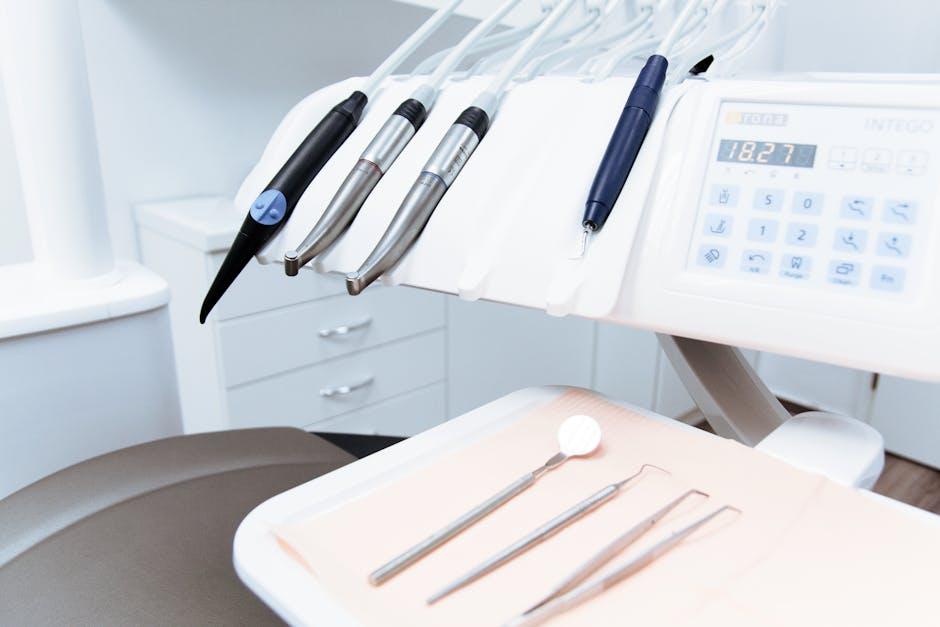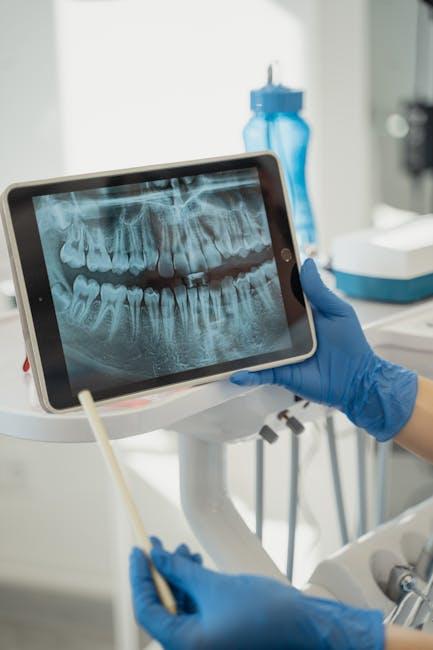
Who’s Getting the Most Dental Care in Canada? – Benefits and Pensions Monitor
Dental care is a vital part of overall health, but in Canada, access and utilization of dental services vary greatly across different populations. Understanding who’s benefiting the most from dental care can help policymakers, employers, and Canadians themselves make informed decisions about dental benefits coverage and preventative care strategies. In this article, brought to you by Benefits and Pensions Monitor, we explore the latest trends, statistics, and insights into dental care utilization across the country.
The State of Dental Care in Canada
Canada’s healthcare system is well-known for its universal medical coverage, but dental care is often not covered under the public health umbrella. This means that most Canadians rely on private dental insurance plans, employer-provided benefits, and personal out-of-pocket payments for dental services. According to the Canadian Dental Association (CDA), nearly 62% of Canadians have some form of dental insurance, but the distribution of dental care usage is uneven.
Key Factors Influencing Dental Care Access
- Age and Demographics: Certain age groups, such as children and seniors, tend to utilize dental services differently.
- Income Levels: Higher-income households are more likely to afford routine dental visits and advanced dental treatments.
- Employment Status: Employed Canadians with access to employer-sponsored benefits get more regular dental care.
- Geographical Location: Urban residents generally have better access to dental professionals than those in rural areas.
Who’s Getting the Most Dental Care in Canada?
Data reveals that Canadians with workplace dental insurance plans benefit most from regular dental services. These groups include:
- Federal and Provincial Public Sector Employees: Often included in robust collective agreements with strong dental coverage.
- Unionized Workers: Many unions negotiate comprehensive dental benefits as part of pension and benefits packages.
- Public and Private Pension Plan Members: Pension plans are increasingly incorporating expanded dental coverage for retirees.
On the other hand, low-income families and unemployed Canadians tend to receive less dental care, largely relying on government-funded programs which are limited and vary by province.
Dental Care Utilization by Age Group
| Age Group | Dental Care Utilization (%) | Primary Reason for Visit |
|---|---|---|
| Children (0-14) | 75% | Preventive check-ups & Orthodontics |
| Adults (15-64) | 65% | Routine cleanings & Cosmetic procedures |
| Seniors (65+) | 50% | Restorative care & Dentures |
Benefits of Access to Dental Care Covered by Pensions and Benefits Plans
Incorporating dental care into pension plans and benefits packages provides multiple advantages:
- Improved Oral Health Outcomes: Regular visits reduce risk of decay, gum disease, and oral cancers.
- Cost Savings: Preventative care avoids costly emergency treatments and extensive dental procedures.
- Enhanced Quality of Life: Good dental health supports better nutrition, speech, and self-confidence.
- Attractive Employee Benefits: Comprehensive dental care benefits help employers retain talent.
- Retiree Support: Dental benefits in retirement reduce financial stress on older Canadians.
Practical Tips for Maximizing Your Dental Benefits
If you have access to dental insurance or pension plans with dental coverage, here’s how you can make the most of it:
- Schedule Routine Check-ups: Twice-yearly visits help spot problems early.
- Understand Your Coverage: Know yearly maximums, co-pays, and eligible procedures.
- Use Preventive Services: Take advantage of cleanings, fluoride treatments, and sealants.
- Plan Major Work Wisely: Schedule crowns, root canals, or orthodontic work in a way that optimizes claims within a benefit year.
- Keep Good Records: Maintain dental receipts and claims forms for tax purposes or reimbursements.
Case Study: How Pension Plan Dental Benefits Are Impacting Retirees
Meet Joan, a 67-year-old retired teacher in Ontario. Thanks to her public sector pension plan dental benefits, Joan accesses regular dental check-ups and partial coverage for dentures. This coverage has allowed her to maintain excellent oral health and avoid large out-of-pocket expenses.
Joan’s story is common among pension plan members who continue to enjoy dental benefits after retirement, highlighting the significant impact pensions have on extending dental care access to older Canadians.
Firsthand Experience: Employer-Sponsored Dental Benefits in Action
Mike, an employee at a Toronto-based tech company, shared how vital dental benefits are to him. “Having dental insurance through my employer means I can afford regular cleanings and even teeth whitening treatments. Without it, these costs would add up and I might skip dental visits, which isn’t good for long-term health.”
Mike’s case illustrates how employer-sponsored benefit plans promote timely dental care utilization, contributing both to individual wellness and workplace productivity.
Summary Table: Dental Care Access by Population Segment in Canada
| Population Segment | Access Level | Primary Barrier to Care |
|---|---|---|
| Employed with Benefits | High | Minimal – good insurance coverage |
| Pension Plan Members | Moderate to High | Limited annual maximums in some plans |
| Low-Income Families | Low | Financial constraints & limited government programs |
| Rural Residents | Low to Moderate | Fewer providers & travel distance |
Conclusion
In Canada, who’s getting the most dental care largely depends on the availability and quality of dental benefits tied to employment and pension plans. While many Canadians enjoy regular dental check-ups due to comprehensive insurance, others face barriers such as income and geographic location. Expanding dental coverage through public policy reforms, employer benefit improvements, and pension plan enhancements could bridge this care gap.
For Canadians, understanding and utilizing dental benefits effectively is key to maintaining long-term oral health and overall well-being. By staying informed and proactive, you can maximize your dental care opportunities — just like thousands of Canadians are doing today.


